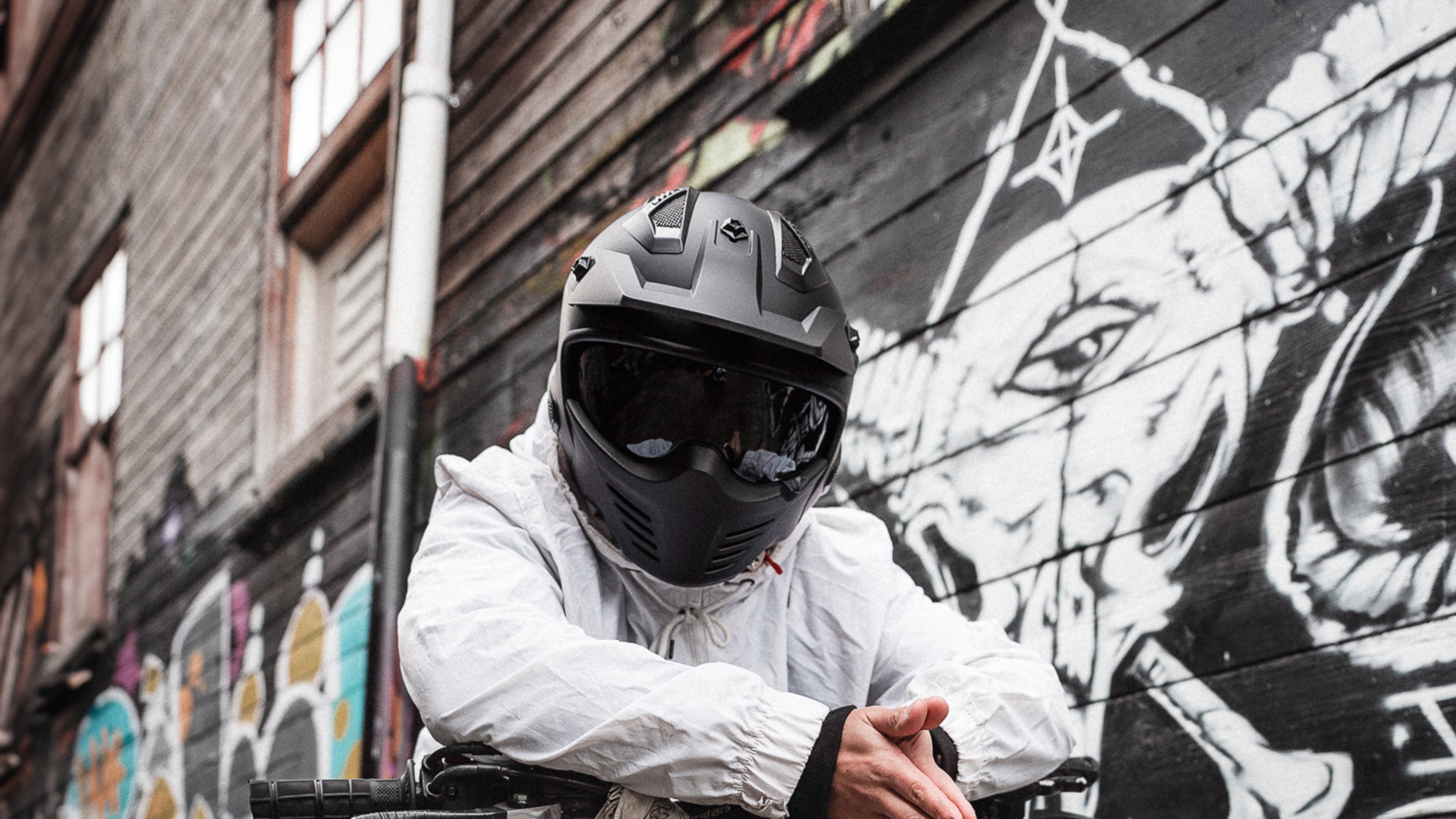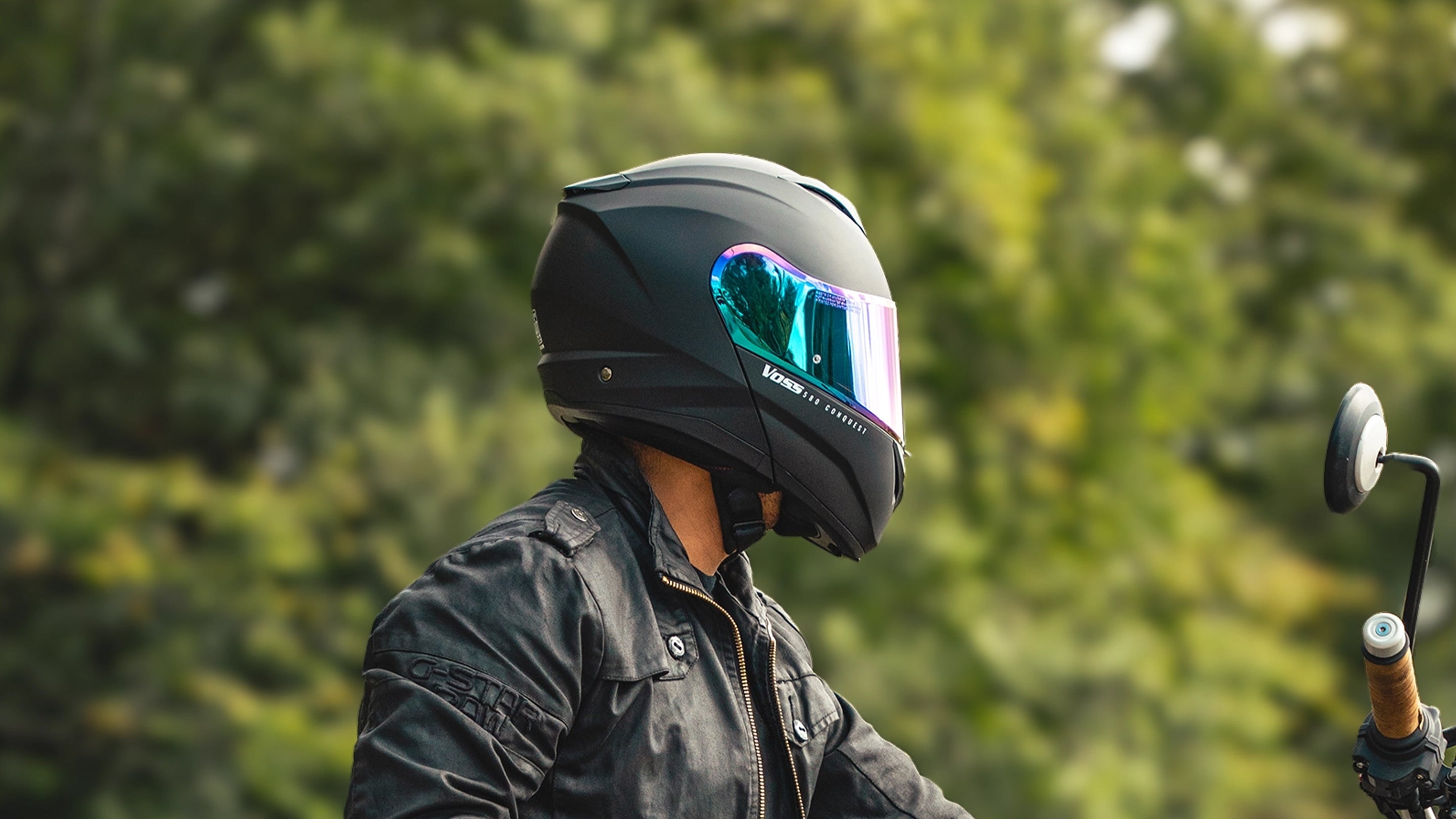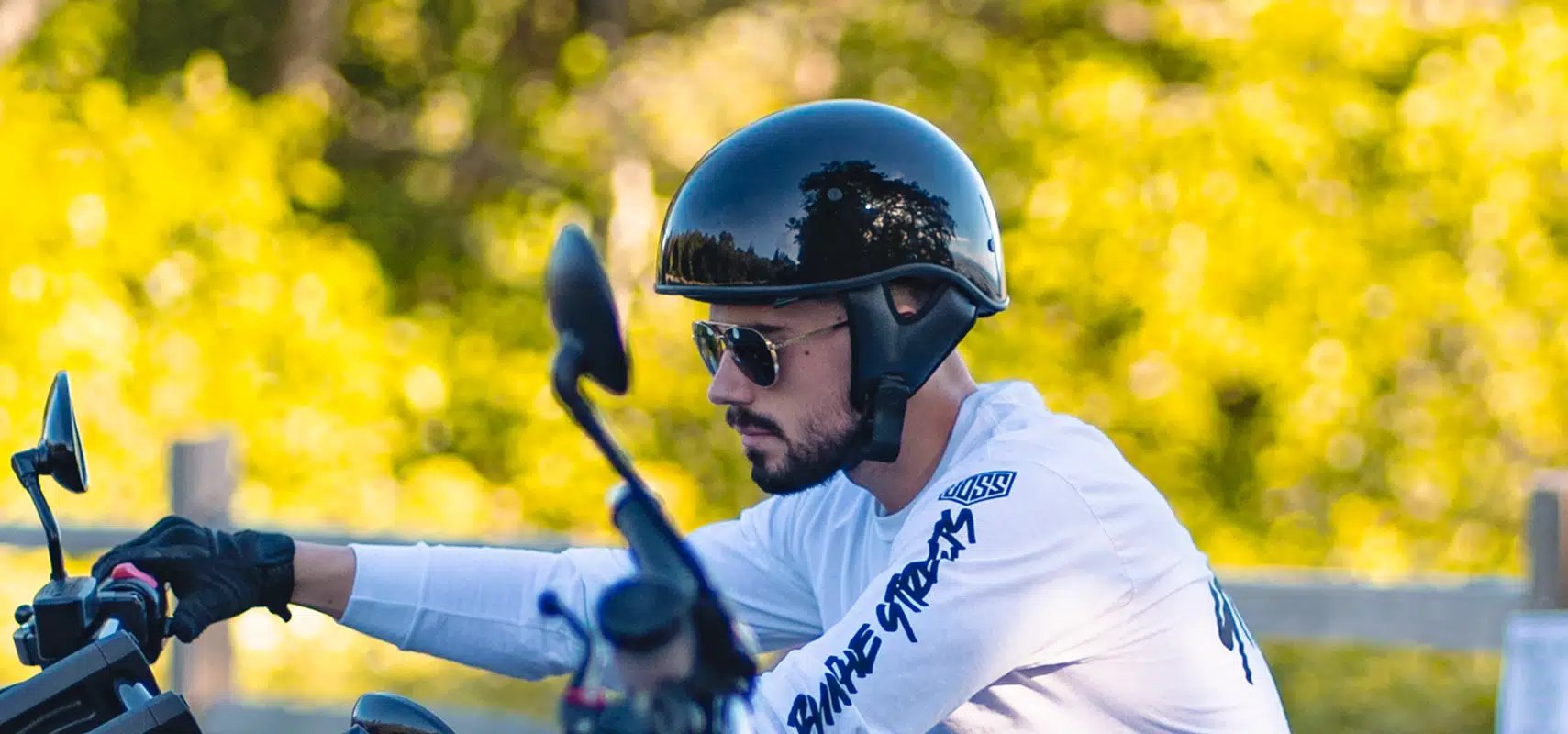The Best Riding Gear for You and Your 2-Wheeled Pony.
Looking to start a new passion project or seek a few thrills? The moto-world is not for the faint of heart but for those who like to live life on the edge, getting a new bike can lead to a lifetime of exhilaration.
Picking the right motorcycle gear can be overwhelming. You should consider it as a fairly large undertaking because what you wear is going to determine your level of safety in the event of an accident. A few things that you will want to give some thought to before spending any money include how your geolocation, budget, and personal preferences are going to affect your overall comfort levels while riding. Keep in mind that there are a few non-negotiable basics that you should always be wearing on the roads (or bush) to reduce crash impact damage, such as your helmet, jacket, pants, gloves, and boots.
GEOLOCATION
The first thing you want to consider when purchasing your basic riding gear is your climate area. Where you live, is it hot and humid? Or maybe it’s cold and rainy. The important thing to know is that you can buy gear to suit your geolocational needs.
If you are doing hot and humid summer-weather riding, you will need to opt for a helmet with good ventilation to keep your head cool. There are many full-face helmets on the market with multiple ventilation ports and exhaust vents so if full coverage is important to you (and it should be) then you do not have to sacrifice coverage for higher air flow. Your jacket, pants and gloves should be a lightweight textile or mesh that will also provide ample ventilation to allow airflow while providing protection. Perforated gloves and ventilated motorcycle boots are also great options for hot and humid weather. Always keep the elements in mind when getting dressed for riding that day.
If your part of the world sees regular cold and rainy weather, then you will want to wear a full-face helmet with anti-fog features to maintain visibility. Remember, if your breath on the inside of the full-face helmet is hot, and the temperature outside is cold, then your face shield will fog and create very dangerous riding conditions. One of the most effective and user-friendly anti-fog products that you can fit to most motorcycle helmets on the market is a Pinlock lens. We also recommend an insulated and waterproof jacket, gloves and boots!
TERRAIN vs. CLOSED CIRCUIT TRAINING
The terrain you are also riding will also affect the gear you want to be wearing. Will you be mostly commuting on highways to and from work or riding in the bush on weekends? Or perhaps you are frequenting the nearest parking lot where you can practice your latest tricks. These are all different styles of riding that have slightly different gear needs.
If you are a daily commuter in an urban setting, then you will certainly want to dress for the weather. Layering options can be helpful in varying weather conditions. Rain can be a massive bummer if you get caught, so we recommend finding yourself a lightweight and compact rain jacket at the very least. These can be fairly inexpensive too, so if you appreciate the small comforts of being dry, then do yourself a favor and get the rain gear. Modular or open-face helmets can also be a great helmet for convenience in the city traffic, so keep this in mind when choosing the right helmet for you.
If you are thinking of doing any trail riding, then be prepared to do a lot of work. First and foremost, ventilated gear is going to be your best friend especially when the trail starts to get tough. You’ll also want to purchase some gear with additional protection, such as an abrasion-resistant jacket with armor as well as some off-road pants with reinforced areas and padding. Your boots should be sturdy off-road boots with ankle protection and a good grip, and your gloves should also be armored. Remember: when you’re out riding in the bush, it’s not IF you fall, it’s WHEN, and some good quality gear is the best insurance policy you’ll be able to afford when that happens.
For those of you that are really putting your bike handling skills to the test at lot practice, wearing good quality gear is just as necessary as riding at high speeds. Make sure to cover your arms and legs with a lightweight abrasion-resistant pant and long-sleeve shirt: reinforced denim or textile fabrics are great options here. Short-cuff gloves will provide you with easy maneuverability, and ankle-high boots will be able to provide you with ample protection in the event of a fall. There are tons of gear options in the market for you to choose from that will give you the badass look that you want, without compromising safety.
The colors you wear also greatly impact your level of safety while riding, especially at night! Consider reflective elements for visibility or opt for a high-visibility helmet color like fluorescent green, and your chances of being seen will be greatly increased. Remember, the best thing you can do while riding is avoid being a hazard to other drivers!
MATERIALS and BUDGET
This is where the conversation can start to get a little bit interesting. Whether you are new or old in the motorcycle world, you know that it can be a pretty expensive hobby to take up. Fortunately, with the growing demographic of riders increasing with each year passing, there are also becoming more and more gear providers and options available for you to choose from.
In the motorcycle world, gear prices can certainly affect the quality of gear that you wear, but it can also lead you down the rabbit hole toward brand bias. There are some top gear brands in the market today that are doing a great job of product development, while others are doing a great job of marketing, and a few are doing a phenomenal job of both. It is very important to always do your research on the company as well as the product because most riding gear is non-refundable due to the safety aspect of it, and it is a very common occurrence for consumers to be stuck with a purchase that they actually didn’t want.
So how does budget and price affect you as a consumer? In short, the most expensive riding gear on the market today that you can purchase will have both DURABLE and LIGHTWEIGHT qualities. Take helmets for example: there are really only three materials that you ever want to purchase in terms of durability and those are ABS Injection Molded Plastic, Fibreglass, and Carbon Fibre. ABS Plastic is a very strong and lightweight plastic that is more inexpensive to produce than Fibreglass (even lighter), and Fibreglass is more inexpensive to produce than Carbon Fibre (super lightweight). So, essentially as you move up in material grade, you are paying for the comforts of the lightest gear available in the market today.
The same goes for apparel as well: denim can be fairly inexpensive and durable but heavy, while Kevlar is durable and light, but very costly. You should consider your riding gear an investment because if you take care of it (and don’t get into an accident) it should last you for the next five years of riding, so make sure to take your time and choose wisely! Customer reviews, YouTube, as well as riding forums are always a great place to seek advice from your fellow riding community.
THE FULL COVERAGE DEBATE
Coverage vs. comfort can be a pretty controversial topic. In general, full coverage gear will always give you the best protection on impact. However, there are those in the riding world that believe that comfort can sometimes over-rule the need for coverage in the demand for safety.
Consider this: if you are feeling anxious, claustrophobic, or too restricted in a full coverage helmet, your reaction instinct times could be impeded by the stress being caused from your gear. You always need to consider what is right for you and your body and your level of performance, especially when faced with a fight or flight situation. In this case, you may want to try a modular or a ¾ style helmet if a little more exposure to the elements increases your performance ability. At the absolute very least, make sure that the gear you choose meets and/or exceeds the safety standards of your region.
As far as clothing goes, the same rules apply: the more covered up you are with a durable material, the better chances you have of walking away from an accident. For those that are inclined, you can even purchase riding garments with additional padding. It is always a good idea to keep in mind that there are some facts about crash impacts that are pretty objective, and that is that road rash is never a fun time, broken bones are even worse, and your brain is only good if it’s in one piece.










